I'm a Dietitian, and These Are the 12 Exact Steps to Lose Body Fat for Good
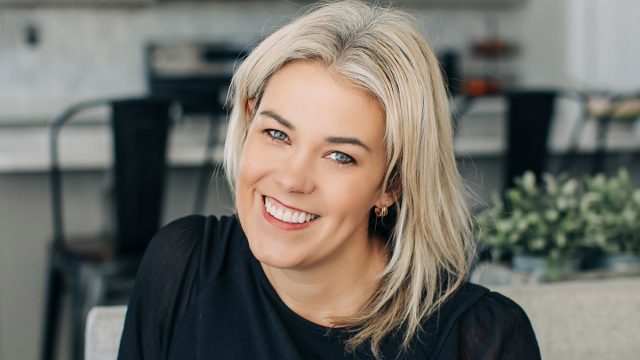
Losing body fat and keeping it off can feel challenging, but with the right strategies, it's absolutely achievable. As a registered dietitian nutritionist with over 17 years of experience, Brittany Werner, the Director of Coaching at Working Against Gravity, has helped thousands of clients reach their health goals. In this article, she shares her expert insights on how to effectively shed body fat for good. From understanding body fat types and the science of fat storage to focusing on a sustainable diet, incorporating both cardio and strength training, and improving lifestyle habits, Brittany lays out a comprehensive, step-by-step guide to long-term fat loss success. If you're ready to make lasting changes and transform your health, follow these proven tips and start your fat loss journey today.
Know Your Body Fat: Essential vs. Stored
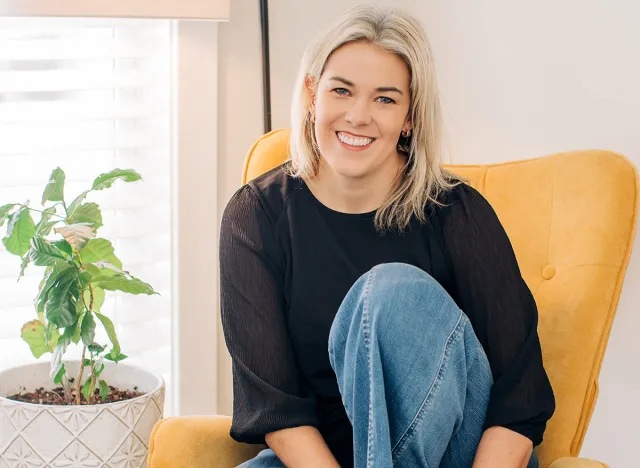
Body fat isn't all bad – we need some to survive. There are two types: essential fat (found in bones, liver, kidneys, intestines, and muscles) and stored fat (found in adipose tissue). When we talk about losing body fat, we're usually referring to reducing stored fat to improve our body composition. This is crucial because excess body fat can lead to serious health risks like cancer, diabetes, and heart disease.
RELATED: 10 Secrets to Melt Fat Fast That Experts Swear By (No Starvation Required)
Understand How Your Body Stores and Burns Fat

Fat storage, known as lipogenesis, primarily occurs in the liver. Here, excess calories are converted into fatty acids and transported to adipose tissue for storage. To lose body fat, we need to create an energy imbalance by burning more calories than we consume. This process is the cornerstone of effective fat loss.
Identify What's Affecting Your Fat Loss
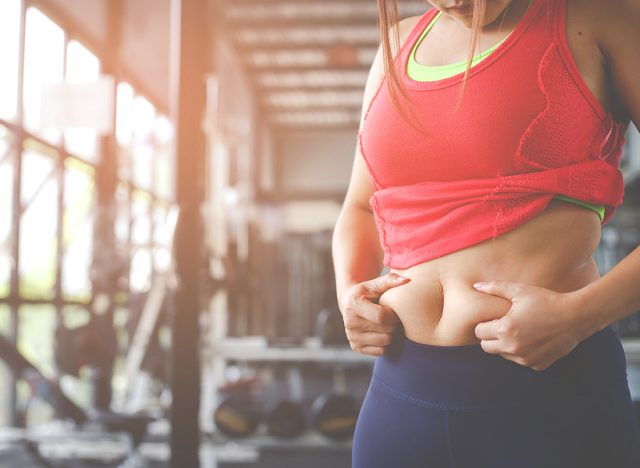
While energy balance is the primary factor in losing body fat, other elements play a role too. These include genetics, certain medical conditions, medications affecting appetite, societal pressures, sedentary lifestyles, and inadequate sleep. Understanding these factors can help you tailor your approach to fat loss.
Focus on Your Diet First
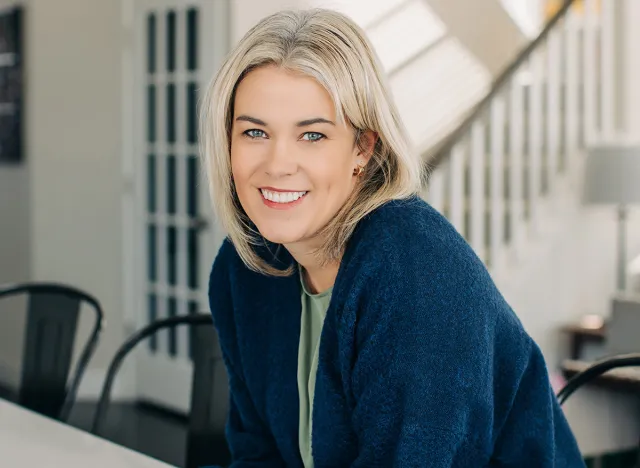
When it comes to losing body fat, diet is king. It's much easier to create a caloric deficit through dietary changes than through exercise alone. The most effective approach combines a sustainable, balanced diet with enjoyable physical activity. Remember, fad diets often lead to short-term results and can even be harmful. Instead, focus on long-term, sustainable eating habits.
RELATED: 19 Weight Loss Errors Nutritionists Wish Everyone Would Stop Making
Create a Safe Calorie Deficit
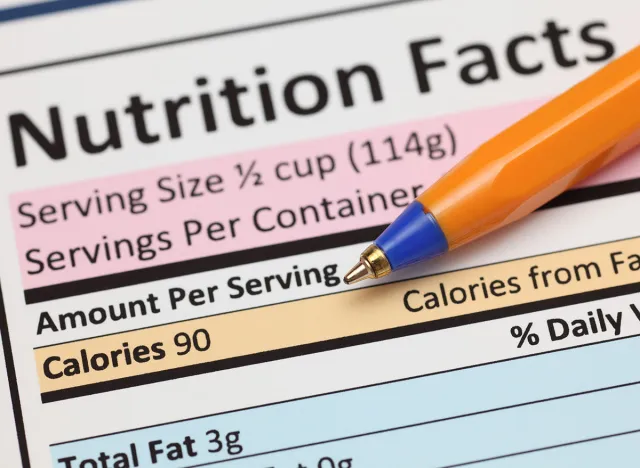
To lose body fat, you need to achieve a calorie deficit. This means consuming fewer calories than your body burns. The safest way to do this is by making small, sustainable changes to your diet and increasing your physical activity. Consult with a nutrition professional, such as a registered dietitian, to establish a nutrition plan tailored to your needs.
Create a Safe Calorie Deficit
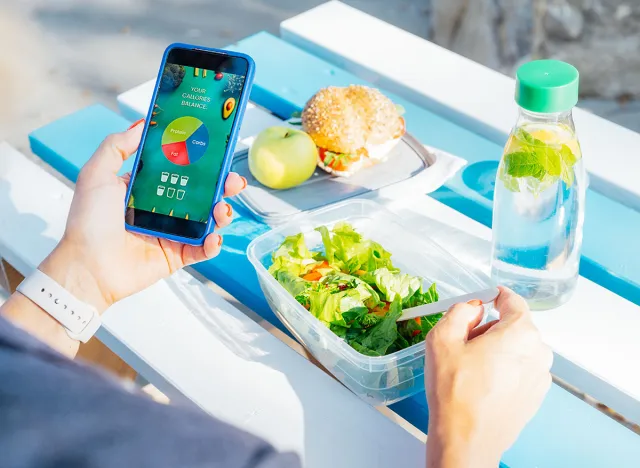
While diet is crucial, exercise plays a vital role in fat loss too. Regular physical activity increases your daily caloric burn and builds lean muscle mass, which can boost your resting metabolic rate. A combination of cardio and resistance training is most effective for fat loss. The key is finding activities you enjoy and can maintain long-term.
Mix Cardio and Strength Training for Best Results

For optimal fat loss, it's important to balance both cardio and strength training. Cardio helps burn calories during the activity, while strength training builds muscle mass, which increases your metabolism even at rest. Aim to include both types of exercise in your routine, adjusting the balance based on your personal preferences and goals.
Improve Your Lifestyle Habits

Beyond diet and exercise, several lifestyle factors contribute to successful fat loss. Adequate sleep is crucial, as poor sleep patterns can disrupt hunger hormones and increase stress levels. Managing stress is equally important, as elevated cortisol levels can contribute to increased abdominal fat. Don't forget about hydration and moderate alcohol consumption, too.
RELATED: 5 Breakfasts I Eat On Repeat to Drop Body Fat Fast
Consider Advanced Methods Carefully
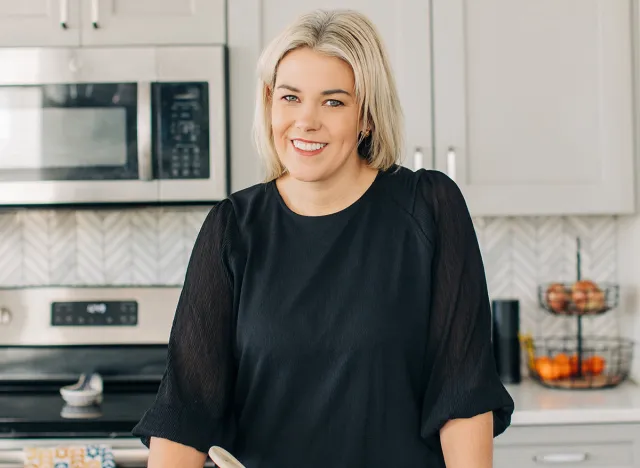
While there are advanced techniques and technologies available for fat loss, remember that the fundamental principle remains a calorie deficit. These advanced methods may offer additional support, but they're not magic solutions. Always consult with a professional before trying any new techniques or technologies.
Overcome Common Fat Loss Obstacles

Fat loss isn't always smooth sailing. You might encounter plateaus, where progress stalls despite continued efforts. To overcome these, try adjusting your caloric intake, changing up your exercise routine, or incorporating periodic refeeds. Emotional eating triggered by stress or boredom can also hinder progress. Find alternative coping mechanisms and seek support from friends and family. Remember, consistency is key. Working with a nutrition coach can help you establish a realistic, sustainable routine and set achievable goals.
Keep the Fat Off Long-Term
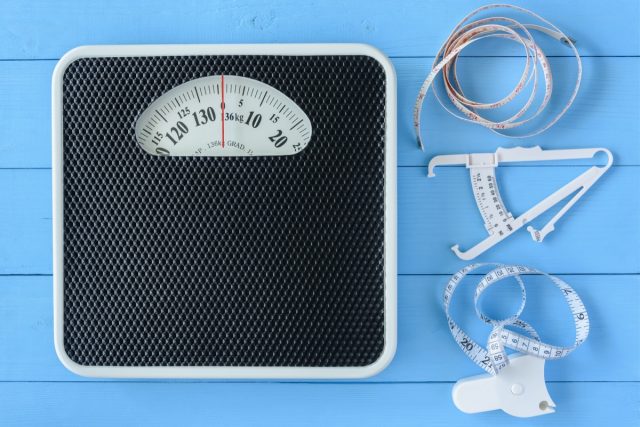
The real challenge often comes after you've lost the fat – keeping it off. The key to long-term success is finding a nutrition plan you can stick to consistently and enjoy. Prioritize whole, nutrient-dense foods and regular physical activity. Remember, it's a marathon, not a sprint. Sustainable fat loss is about making lasting lifestyle changes, not quick fixes.
RELATED: This "20-10" Method Is the Simplest Way to Lose Belly Fat and Up to 40 Pounds
Start Your Fat Loss Journey Today
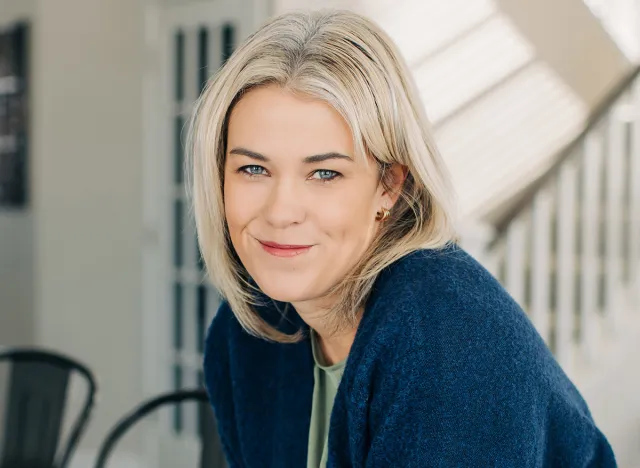
As you embark on your fat loss journey, remember this quote from Zig Ziglar: "If you are unwilling to learn, no one can help you. If you're determined to learn, no one can stop you." Be open to new ideas and willing to make challenging changes. Surround yourself with a supportive community, and don't give up – you're worth the fight. There will be hard days, but I promise you, the end goal of health is worth it. And if you enjoyed this article, take advantage of these 15 Quick Ways to Lose Body Fat Percentage in a Week.




